Introduction to AI and Automation
Artificial Intelligence (AI) and Autmation have revolutionized the way we live, work, and interact with technology. Over the past decade, these two concepts have transitioned from being futuristic ideas to real-world applications that touch almost every industry today. But what exactly do they mean, and why are they so important in the modern world?
Artificial Intelligence refers to machines or software that mimic human intelligence, performing tasks like learning, reasoning, problem-solving, and even decision-making. Unlike traditional computer programs, AI systems learn from data, adapt over time, and can improve their performance without being explicitly programmed.
On the other hand, Automation refers to using technology to perform repetitive or complex tasks with minimal human intervention. While automation can be achieved without AI (such as assembly line robots), the integration of AI takes automation to an entirely new level—making systems smarter, more efficient, and capable of handling dynamic scenarios.
In short, AI is the brain, and automation is the muscle that drives technological progress. Together, they form a powerful combination shaping the future of industries and human lifestyles
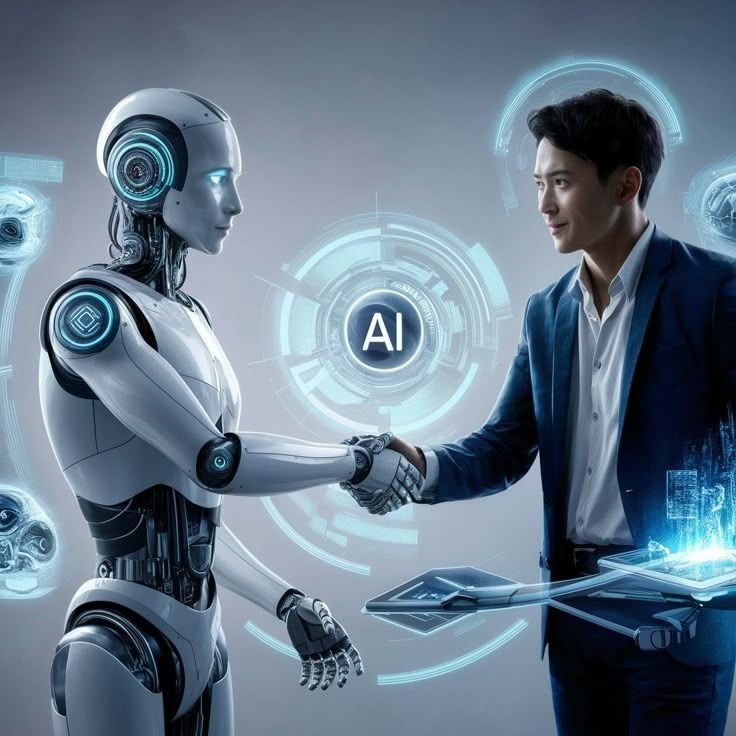
The Relationship Between AI and Automation
AI and Automation are often mentioned together, but they are not the same thing. However, their relationship is complementary and interdependent.
How AI Powers Automation:
Automation traditionally worked on a set of predefined rules, which means it could only handle predictable tasks. For instance, a basic automated system in a factory can move parts from one machine to another, but if something unusual happens—like a part being defective—the system may fail. This is where AI steps in. By adding AI to automation, machines become capable of decision-making, predictive analysis, and adaptation. For example, AI-powered robots can identify defective parts, adjust workflows, and even predict machine failures before they happen.
Key Differences Between AI and Automation:
- AI: Focuses on intelligence, learning, and reasoning.
- Automation: Focuses on performing tasks automatically without human involvement.
- Integration: AI makes automation smart by adding cognitive abilities.
Think of automation as a car and AI as the driver. A car on its own can’t decide where to go; it just moves when instructed. With AI, the car becomes self-driving, capable of making decisions on its own.
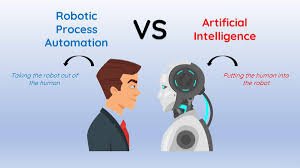
Benefits of AI & Automation in Today’s World
The combined impact of AI and automation is massive. Organizations worldwide are embracing these technologies because of their incredible benefits. mouguide
- Increased Efficiency:
AI and automation dramatically reduce the time required to complete tasks. Automated systems can work 24/7 without breaks, and AI optimizes processes in real-time, making businesses more productive. - Cost Reduction:
By reducing manual labor and minimizing human errors, companies save huge operational costs. Predictive maintenance powered by AI also prevents costly machine breakdowns. - Improved Accuracy:
AI-driven systems eliminate human mistakes, especially in data processing and decision-making tasks. This is why sectors like healthcare and finance rely heavily on AI for accurate results.
Applications of AI and Automation Across Industries
AI and automation aren’t limited to tech companies. Almost every sector is leveraging these technologies for better performance. Let’s explore some key industries:
- Manufacturing: Smart factories use AI-powered robots to assemble products, monitor quality, and predict machine failures.
- Healthcare: AI assists doctors in diagnosing diseases, analyzing medical images, and even predicting patient risks.
- Finance: Automation speeds up transaction processing, while AI detects fraud and provides personalized financial advice.
- Retail: AI chatbots improve customer service, and automation streamlines inventory management.
- Transportation: Self-driving vehicles and automated traffic systems are reshaping logistics and public transport.
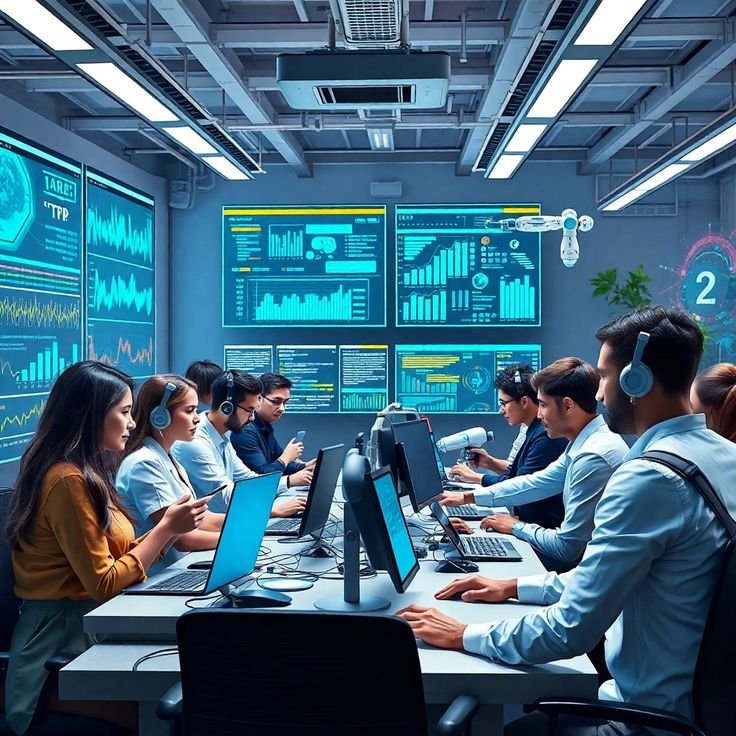
AI & Automation in Everyday Life
Artificial Intelligence and Automation aren’t just for big corporations—they’re transforming our everyday experiences too. If you think about it, you’ve probably interacted with AI multiple times today without even realizing it.
Smart Homes:
Smart homes are the perfect example of AI and automation in daily life. Devices like smart thermostats, lighting systems, and security cameras automatically adjust settings based on your habits. AI learns when you’re usually home, what temperature you prefer, and even when you go to bed, ensuring energy efficiency and comfort.
Virtual Assistants:
Siri, Alexa, and Google Assistant are AI-powered virtual assistants designed to simplify your life. They answer questions, play music, manage reminders, and even control smart devices. These assistants use Natural Language Processing (NLP) to understand and respond to voice commands accurately.
Autonomous Vehicles:
Self-driving cars are the future of transportation. With AI and automation, these vehicles can detect obstacles, follow traffic rules, and adapt to road conditions—all without human intervention. Imagine a world where you can relax, read a book, or work on your laptop while your car drives you safely to your destination.
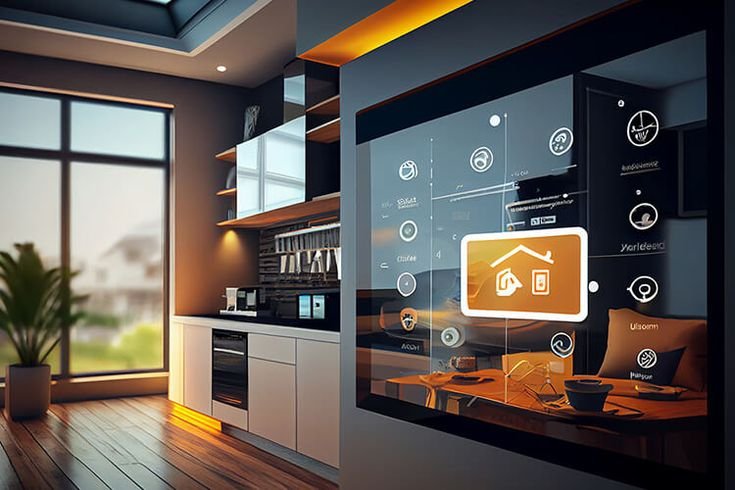
Challenges and Risks of AI & Automation
While AI and automation offer countless benefits, they also come with challenges and risks that society must address.
Job Displacement:
One of the biggest concerns is job loss. As machines take over repetitive tasks, many jobs in manufacturing, retail, and even services may disappear. For example, cashier positions are being replaced by automated checkout systems. However, it’s worth noting that new jobs in AI development, data science, and robotics are also emerging.
Ethical Concerns:
AI decisions aren’t always transparent. For instance, when an AI system denies a loan application or prioritizes medical treatment, how does it make those decisions? Lack of transparency in AI algorithms can lead to bias and discrimination if not properly monitored.
Data Privacy Issues:
AI systems rely on vast amounts of data to function effectively. This raises concerns about privacy and security. How is your personal data stored, and who has access to it? Misuse or leaks of this data can have serious consequences.
The Future of AI & Automation
The future of AI and automation is both exciting and uncertain. Experts predict that these technologies will continue to evolve at an incredible pace, impacting every sector of society.
Emerging Technologies:
Technologies like Quantum Computing, AI-powered robots, and advanced machine learning algorithms will revolutionize industries even further. AI is expected to become more autonomous, intuitive, and capable of solving complex problems faster than ever before.
AI and Robotics Integration:
Robots will become more intelligent and adaptable, working alongside humans in industries such as healthcare, manufacturing, and agriculture. Humanoid robots could become household assistants, performing daily chores or providing companionship to the elderly.
Impact on Global Economy:
AI and automation will lead to significant economic changes, including productivity growth and the creation of new industries. However, they will also challenge traditional job markets, requiring societies to adapt through upskilling and reskilling initiatives.
How Businesses Can Adapt to AI & Automation
Companies that fail to embrace AI and automation risk falling behind their competitors. Here are some strategies businesses can adopt:
Upskilling Employees:
Instead of replacing workers, businesses can invest in training programs that help employees acquire new skills in AI, machine learning, and data analysis. This not only benefits the company but also ensures job security for workers.
Investing in AI Tools:
Businesses should adopt AI-driven tools to improve customer experience, streamline operations, and make data-driven decisions. From AI chatbots for customer support to predictive analytics for inventory management, the possibilities are endless.
Collaborating with Tech Providers:
Small and medium businesses can partner with AI solution providers to implement automation without huge upfront costs. Cloud-based AI platforms make it easier and more affordable than ever.
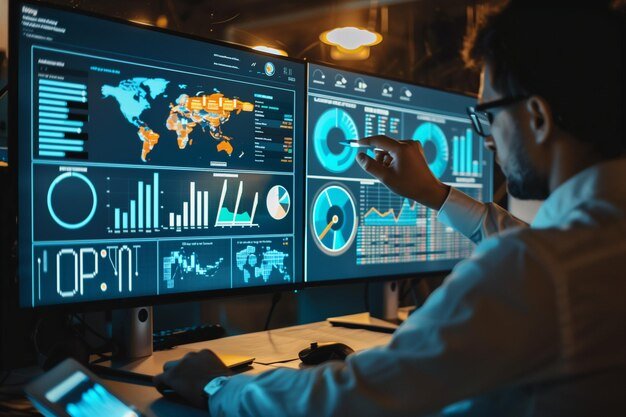
Conclusion
Artificial Intelligence and Automation are no longer futuristic concepts—they are the present and the future. They have the potential to improve efficiency, reduce costs, and revolutionize how we live and work. However, with great power comes great responsibility. As we continue to integrate AI and automation into our lives, we must also address the challenges they pose, such as job displacement, ethical concerns, and data privacy.
The key is balance: embracing innovation while ensuring fairness, transparency, and inclusivity. The future of AI and automation is bright, and those who adapt will thrive in this technological revolution.
FAQs
1. Will AI completely replace humans?
No, AI is designed to assist humans, not replace them. While some jobs may be automated, new roles in AI development and data analysis will emerge.
2. Is automation the same as AI?
No. Automation involves using machines or software to perform tasks, while AI gives those systems the ability to learn, adapt, and make decisions.
3. How does AI impact small businesses?
AI helps small businesses streamline operations, improve customer experience, and make data-driven decisions without requiring massive investments.
4. What jobs will survive AI automation?
Jobs that require creativity, emotional intelligence, and complex decision-making—like healthcare, education, and management—are less likely to be replaced.
5. Can AI be dangerous?
AI can be misused if not regulated properly. Ethical frameworks and transparency are essential to prevent risks like bias, discrimination, or security breaches.


Leave a Reply